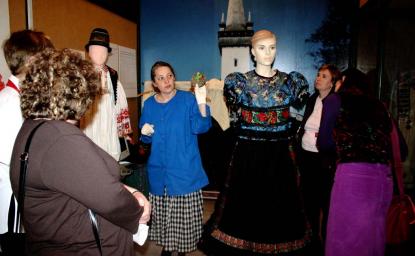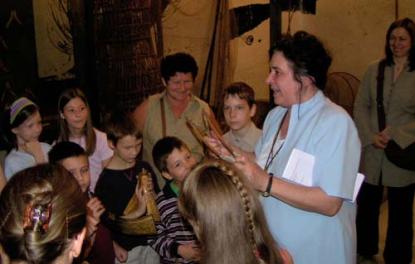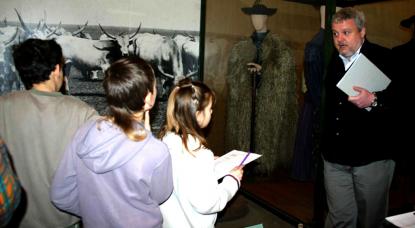2025. May 9. Friday
Museum of Ethnography - Budapest
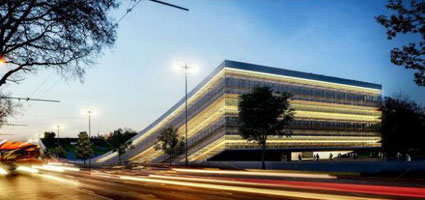 |
Address: 1146, Budapest Dózsa György út - Ötvenhatosok tere
Phone number: (1) 473-2400
E-mail: info@neprajz.hu
Opening hours: Tue-Sun 10-18
|
The exhibition has closed for visitors.
1991.06.01. - 2020.06.01.
Museum tickets, service costs:
|
Individual ticket for adults
|
3000 HUF
|
|
|
Individual ticket for adults
(1 hour before closing)
|
1600 HUF
|
|
|
Group ticket for adults
(min. 10 people)
|
2600 HUF
|
/ capita
|
|
Individual ticket for students
|
1500 HUF
|
|
|
Individual ticket for students
(1 hour before closing)
|
800 HUF
|
|
|
Group ticket for students
(min. 10 people)
|
1300 HUF
|
/ capita
|
|
Individual ticket for pensioners
|
1500 HUF
|
|
|
Individual ticket for pensioners
(1 hour before closing)
|
800 HUF
|
|
|
Group ticket for pensioners
(min. 10 people)
|
1300 HUF
|
/ capita
|
|
Ticket for families
(2 adults + max. 3 children (up to 18 years old))
|
6300 HUF
|
/ family
|
|
Individual combined ticket for adults
(Zoom permanent exhibition + Ceramics Space + MÉTA)
|
1700 HUF
|
|
|
Individual combined ticket for adults
(We Have Arrived temporary exhibition + Ceramics Space + MÉTA)
|
2000 HUF
|
|
|
Individual combined ticket for students
(Zoom permanent exhibition + Ceramics Space + MÉTA)
|
850 HUF
|
|
|
Individual combined ticket for students
|
1000 HUF
|
|
|
Individual combined ticket for pensioners
(Zoom permanent exhibition + Ceramics Space + MÉTA)
|
850 HUF
|
|
|
Individual combined ticket for pensioners
(We Have Arrived temporary exhibition + Ceramics Space + MÉTA)
|
1000 HUF
|
|
|
Group walk ticket
(building walk, max. 15 people)
|
1500 HUF
|
/ capita
|
|
Group walk ticket for students
(Méta gallop, 10-20 people)
|
1200 HUF
|
/ capita
|
|
Group walk ticket
(building walk, in English, max. 15 people)
|
1800 HUF
|
/ capita
|
|
Group walk ticket for students
(Méta gallop, 10-20 people, in English)
|
1400 HUF
|
/ capita
|
|
Group guide
(10-20 people)
|
1000 HUF
|
/ capita
|
|
Group guide
(thematic, whit the curator of the exhibition, 5-20 people)
|
1300 HUF
|
/ capita
|
|
Group guide for students
(min. 10 people)
|
800 HUF
|
/ capita
|
|
Group guide
(10-20 people, in English)
|
1300 HUF
|
/ capita
|
|
Group guide
(thematic, whit the curator of the exhibition, in English, 5-20 people)
|
1690 HUF
|
/ capita
|
|
Group guide for students
(in English, 10-20 people)
|
1000 HUF
|
/ capita
|
|
Audio guide
|
1000 HUF
|
|
|
Photography
(for camera, camera-stand and telephoto lens)
|
700 HUF
|
The permanent exhibition introducing Hungarian vernacular culture is open from June, 1991 in the Ethnographic Museum. The everyday life and celebrations of the Hungarian peasantry from the end of the 18th century to WWI from all around Hungary is displayed in 13 wards.
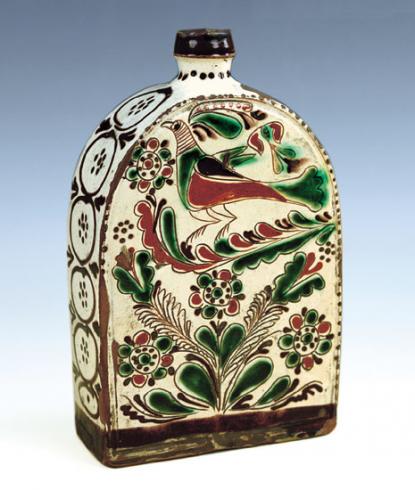
The first ward presents the ethnic diversion of the nations living in the Carpathian Basin. At the end of the 19th century half of the 14 million people who lived in Hungary belonged to an ethnic group: Romanians (16%), Germans (13%), and Slovakians (13%).
The next ward presents the different habitats: villages, market towns, homesteads, industrial towns, and churches and their codependence, which was a significant effect on the development of vernacular culture.
The equipment of the work of the peasantry is presented in great measure beside their circumstances, social situation, clothing and personal belongings. Beside the equipments used at the labor processes, preservation of the provision, the tradition of the vernacular nutrition and its differences in the diverse classes can be seen. Woodcarving, the trade of carpenters and smiths, textile making, tailor, and the pottery making are introduced.
BR> Two ways of living at the end of the 19th century are presented: the old 'smoky' house revokes the circumstances of the Middle Ages, the 'clean room' of Sárköz revokes the circumstances of the fashion of rich peasantry at the same period signaling the diverse development of the population. In this process the craftsmen of the villages and the towns played an important role by producing painted furniture, ceramics, textile and embroidery in great numbers, creating the different characteristic styles of the areas at the same time.
The introduction to the walk of life of the people is in accordance with the scale of the values of the peasantry. In its center we can see the wedding introduced with the help of material from Kalotaszeg. This same wedding dress was exhibited earlier at the Millennium Ethnographic exhibition a hundred years ago.
The richness of the traditional vernacular culture is mirrored by the last theme of the exhibition: the set of celebrations. The equipments and scenes of the traditional celebrations that followed the ecclesiastical and economic events of the calendar present the typical features of the Hungarian vernacular culture.

The first ward presents the ethnic diversion of the nations living in the Carpathian Basin. At the end of the 19th century half of the 14 million people who lived in Hungary belonged to an ethnic group: Romanians (16%), Germans (13%), and Slovakians (13%).
The next ward presents the different habitats: villages, market towns, homesteads, industrial towns, and churches and their codependence, which was a significant effect on the development of vernacular culture.
The equipment of the work of the peasantry is presented in great measure beside their circumstances, social situation, clothing and personal belongings. Beside the equipments used at the labor processes, preservation of the provision, the tradition of the vernacular nutrition and its differences in the diverse classes can be seen. Woodcarving, the trade of carpenters and smiths, textile making, tailor, and the pottery making are introduced.
BR> Two ways of living at the end of the 19th century are presented: the old 'smoky' house revokes the circumstances of the Middle Ages, the 'clean room' of Sárköz revokes the circumstances of the fashion of rich peasantry at the same period signaling the diverse development of the population. In this process the craftsmen of the villages and the towns played an important role by producing painted furniture, ceramics, textile and embroidery in great numbers, creating the different characteristic styles of the areas at the same time.
The introduction to the walk of life of the people is in accordance with the scale of the values of the peasantry. In its center we can see the wedding introduced with the help of material from Kalotaszeg. This same wedding dress was exhibited earlier at the Millennium Ethnographic exhibition a hundred years ago.
The richness of the traditional vernacular culture is mirrored by the last theme of the exhibition: the set of celebrations. The equipments and scenes of the traditional celebrations that followed the ecclesiastical and economic events of the calendar present the typical features of the Hungarian vernacular culture.
|
Related activities
|
|||

